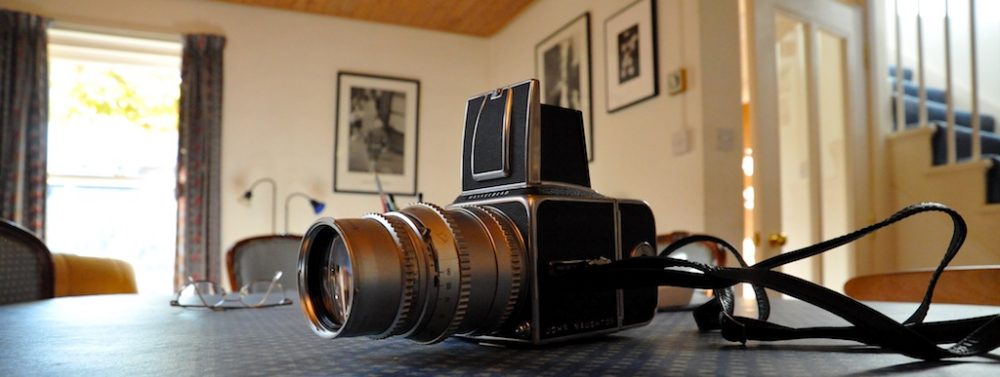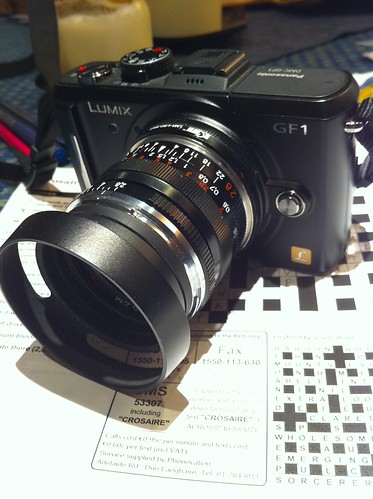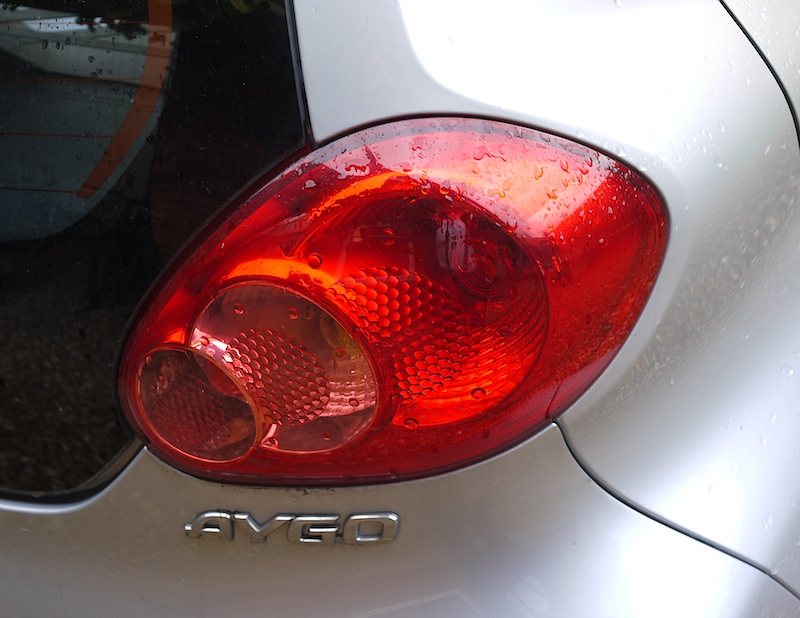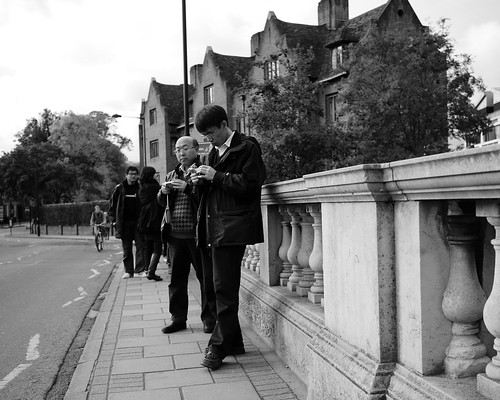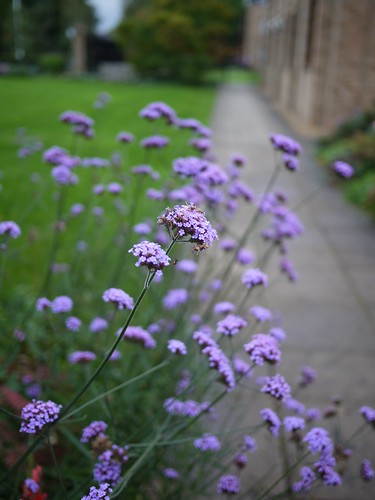I’ve been experimenting with the Panasonic CF1 ‘micro four thirds’ camera. One of its attractions was that it came with a f 1.7 20mm ‘pancake’ lens that is optically superb. But the most interesting feature of the camera is that it takes interchangeable lenses. There are adapters, for example, for Canon, Leica and Nikkor lenses. Since I have some precious Leica glassware, it seemed like a no-brainer to try it out on this new body. And then I hit a problem: the ‘official’ Leica M adapter is eye-wateringly expensive. (Think £199.) But a trawl on Amazon revealed much cheaper third-party alternatives — like this one for £24.99. So I got one.
It works a treat — once you’ve twigged that you have to tell the GF1 menu system that the “SHOOT W/O LENS” option has to be set to “ON”. Of course, everything’s manual, but isn’t that what we fanatical photographers always say we want?
The picture (taken with an iPhone, hence grotty quality) shows the GF1 with a Zeiss 28mm Biogon which IMHO is optically as good as anything produced by Leitz. The combination of lens and Panasonic body is lovely to hold and use: it’s a perfectly balanced combination. But the strangest thing about it is how eerily reminiscent it is of a much-loved but long-abandoned Leica product — the CL.
Here’s an example of the results I got with the Biogon:
Larger version is on Flickr.
LATER: I came on this essay by a Leica owner who had sold his M8 and bought a GF1. A need for versatility was the reason he made the change. “I don’t get the same quality on any level as the Leica but I’m not missing shots and I have more options when shooting. To me, versatility and the small size are the key features of the Panasonic GF1.”
